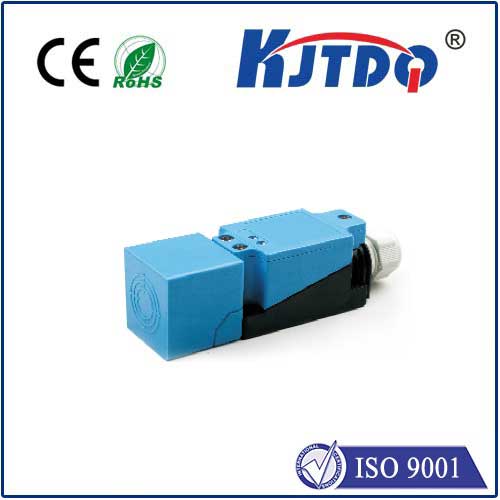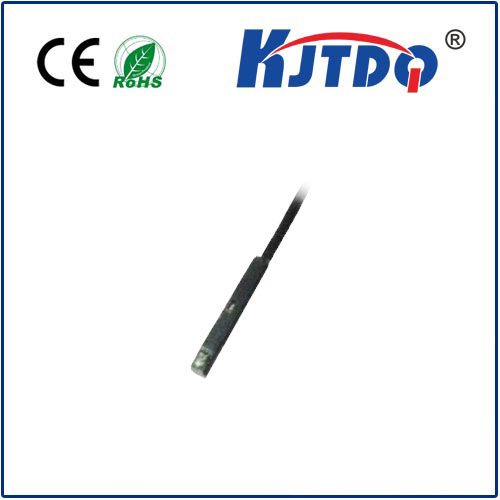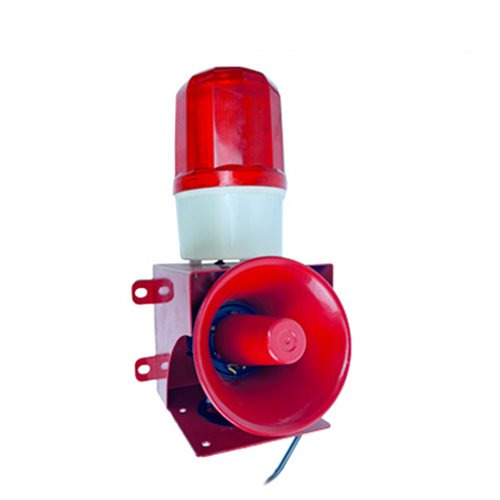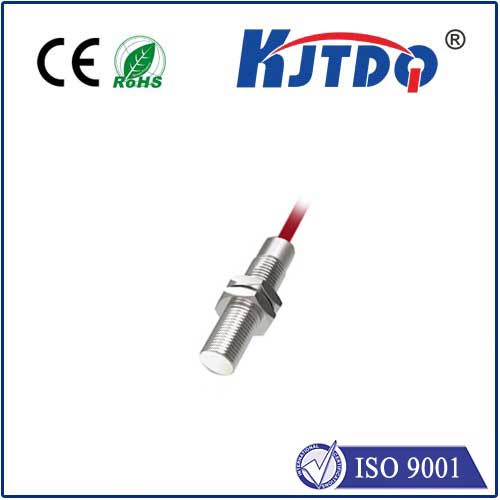
Проверка

Проверка

Проверка

Проверка

Проверка

Проверка
Beneath the waves, visibility vanishes rapidly. Murky waters, darkness, and complex terrain pose constant challenges for divers, underwater vehicles, and marine operations. How do you avoid collisions, maintain position, or detect objects when sight fails? The answer lies in a critical piece of technology: the подводный датчик ближнего действия. Far more than just a distance measurer, this specialized device is the essential eyes enabling safe, efficient, and precise navigation and operation in the demanding subsea environment.
Understanding the Underwater Proximity Sensor
An подводный датчик ближнего действия is a device specifically engineered to detect the presence, absence, or distance of objects or surfaces within its vicinity without making physical contact, while operating submerged. Unlike their terrestrial counterparts, these sensors must contend with the unique properties of water – pressure, temperature gradients, salinity, turbidity, and the fundamental fact that electromagnetic signals (like radio waves and light used in air-based sensors) are severely attenuated underwater.
This limitation forces underwater proximity sensors to primarily rely on acoustic principles, specifically sound waves, making them highly specialized forms of sonar sensors. They emit sound pulses (often ultrasonic) into the water. These pulses travel outward, bounce off objects within their detection range, and return as echoes. By precisely measuring the time-of-flight (TOF) between pulse emission and echo reception, the sensor calculates the distance to the target object. This core technique, known as echolocation, is inspired by nature (like dolphins and bats) and forms the bedrock of most underwater proximity sensing technology.

How Underwater Proximity Sensors Work: Beyond Simple Distance
While measuring distance is fundamental, modern underwater proximity sensors offer sophisticated capabilities:
Key Technologies Powering Underwater Sensing
The core technology is acoustic, but implementations vary:
Critical Considerations for Deployment
Choosing and using an подводный датчик ближнего действия effectively demands understanding several environmental and technical factors:
| Consideration | Impact on Sensor Performance | Solutions/Mitigation |
|---|---|---|
| Range & Resolution | Trade-off exists: longer range typically means lower resolution | Match sensor specs to specific application needs |
| Частота | Higher frequencies offer better resolution but shorter range and more affected by absorption | Lower frequencies penetrate farther but with less detail |
| Beam Width (Field of View) | Narrow beams provide precise direction but limited coverage area | Wider beams cover more area but with less directional precision |
| Salinity & Temperature | Affect sound speed (approx. 1500 m/s), requiring sensors with sound velocity correction | Advanced sensors automatically compensate |
| Turbidity & Air Bubbles | Can scatter or absorb sound, reducing effective range | Proper sensor placement away from thrusters |
| Pressure | Must withstand operational depths | Sensors rated with appropriate depth specifications |
| Target Composition & Angle | Hard targets reflect sound well; soft/absorbent targets less effectively | Understanding detection limits for different materials |
Advantages: Why They’re Indispensable
The Future: Smarter, Smaller, More Integrated
The evolution of underwater proximity sensing is rapid. Key trends include:









